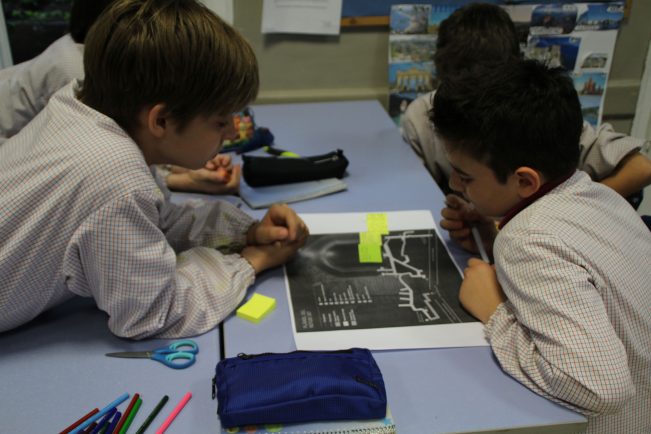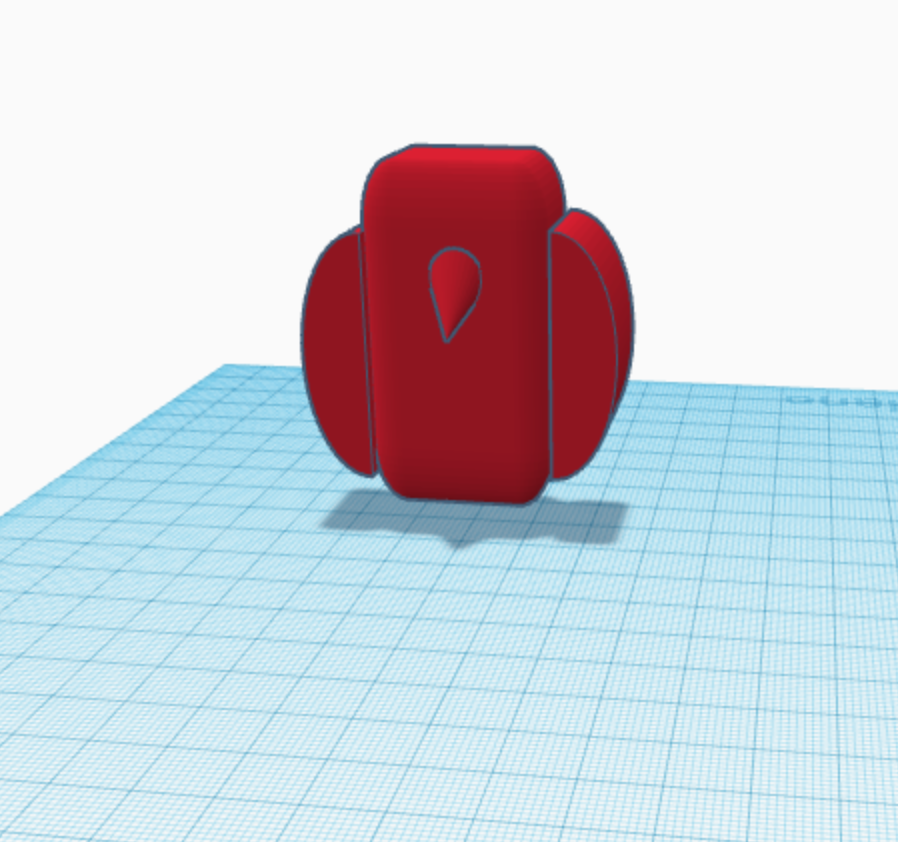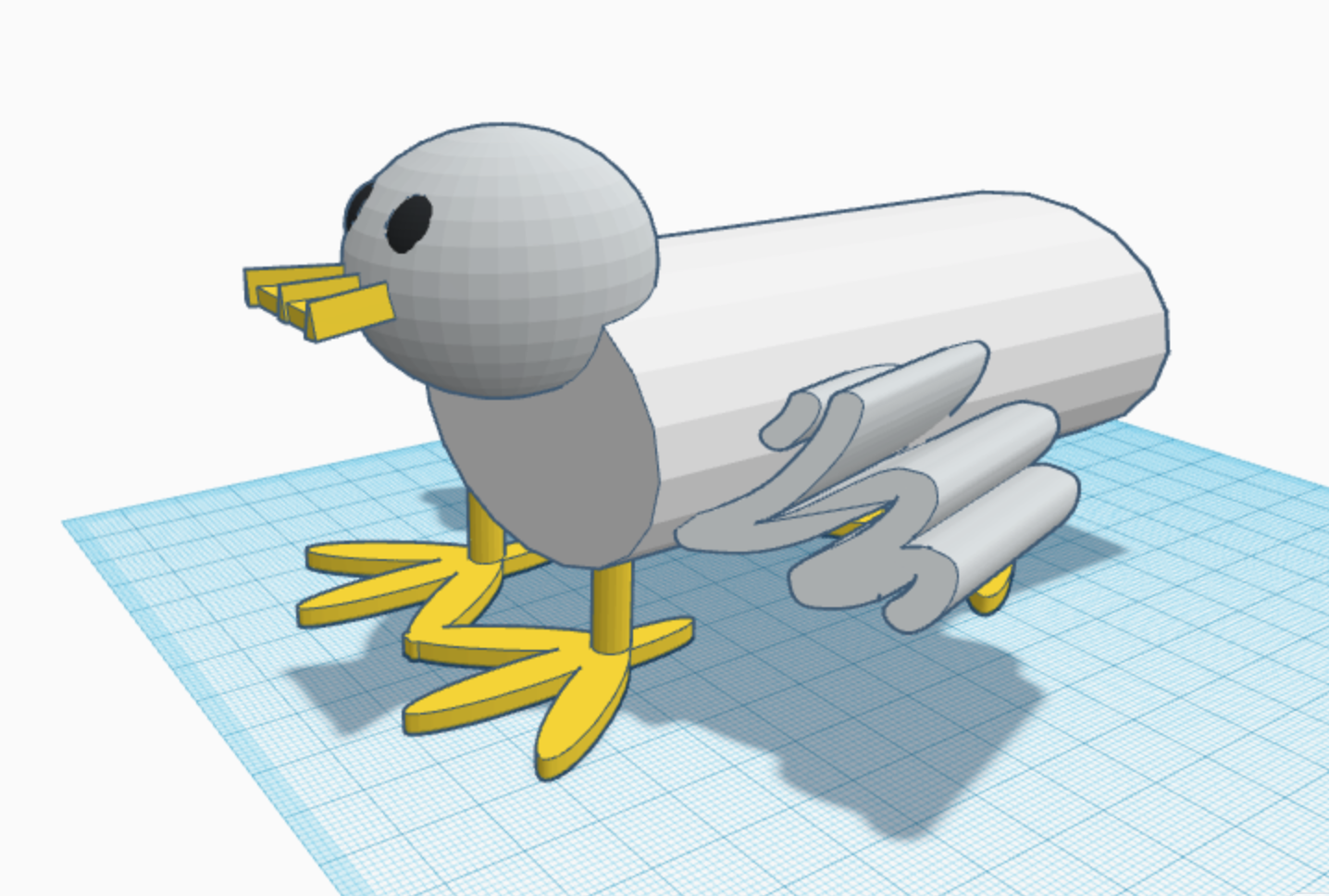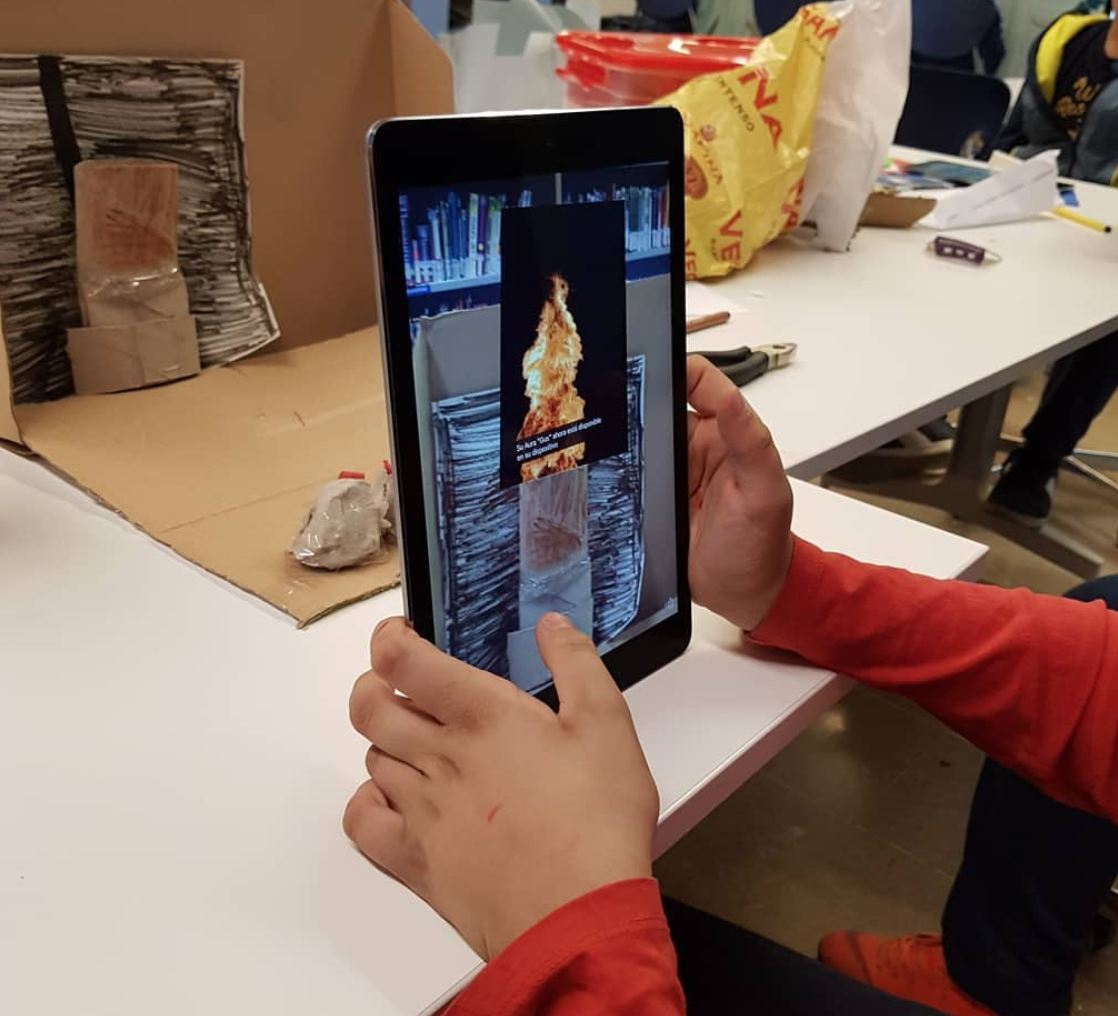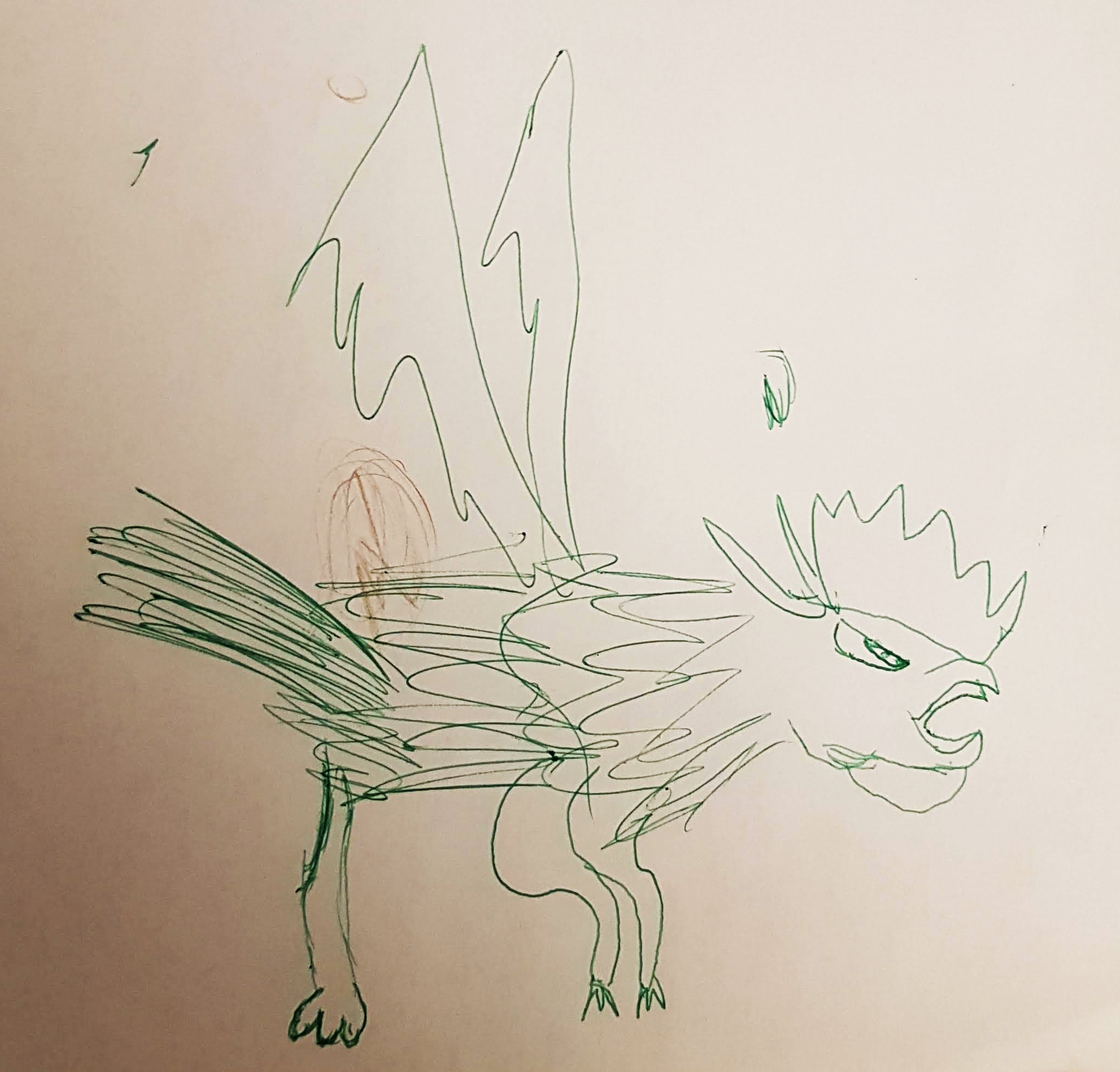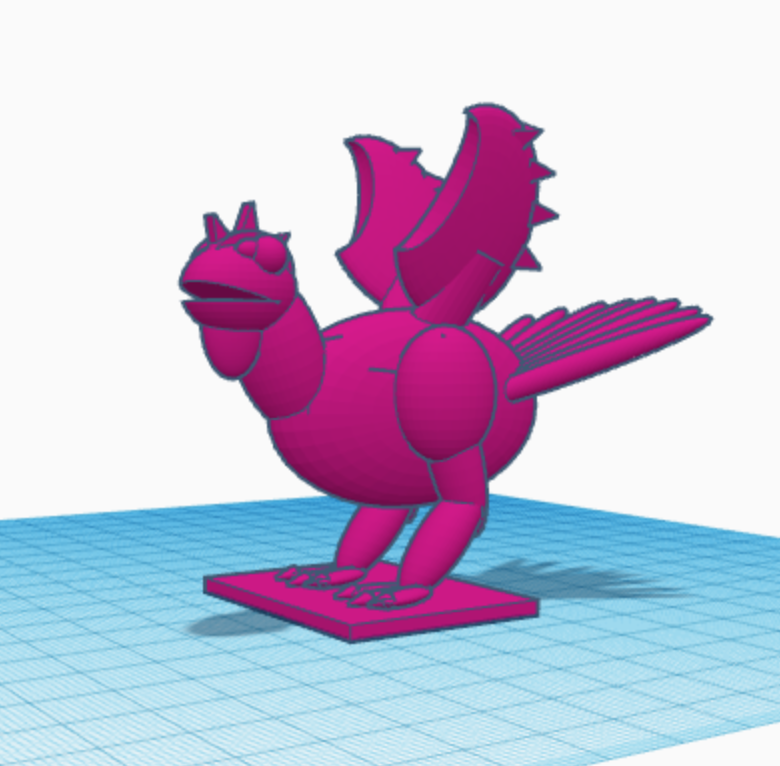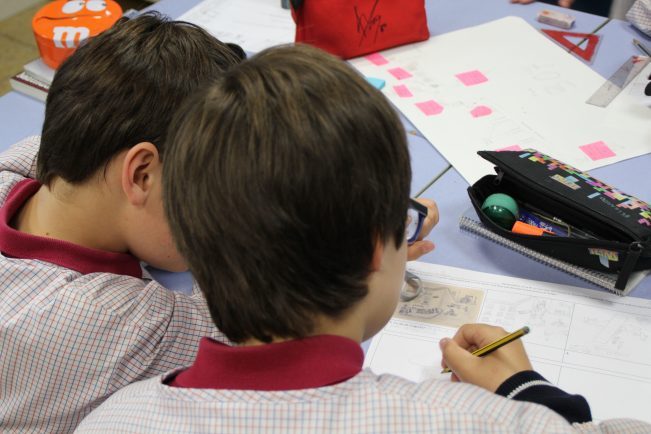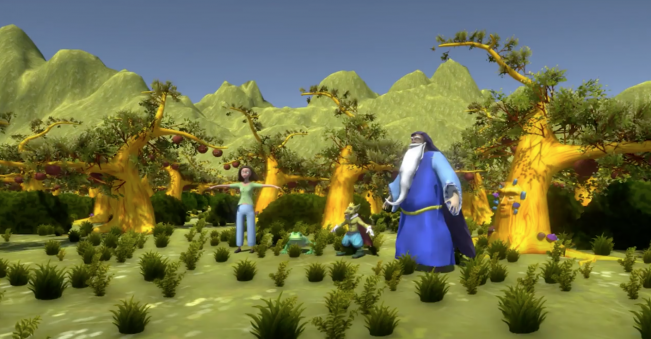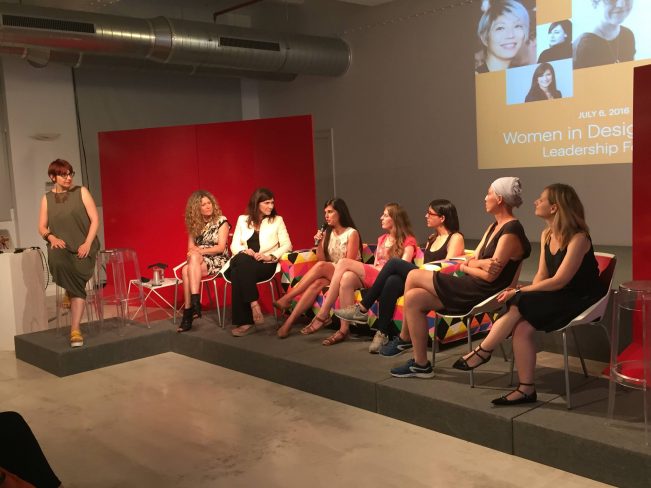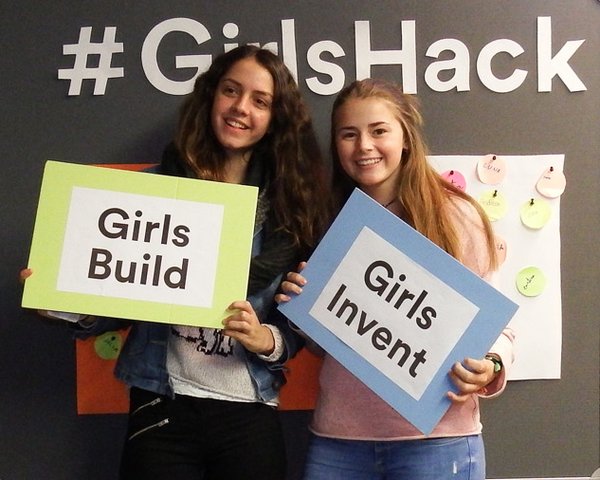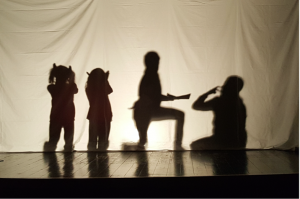 Today I want to share a publication, I am particularly proud of. The journal article presents five embodied co-design techniques for children that I developed during my thesis in collaboration with the theatre school Plàudite in Barcelona. The research was recently published in TOCHI.
Today I want to share a publication, I am particularly proud of. The journal article presents five embodied co-design techniques for children that I developed during my thesis in collaboration with the theatre school Plàudite in Barcelona. The research was recently published in TOCHI.
Marie-Monique Schaper and Narcis Pares. (2021). Co-design Techniques for and with Children based on Physical Theatre Practice to promote Embodied Awareness. ACM Trans. Comput.-Hum. Interact. 28, 4, Article 22 (July 2021), 42 pages. DOI:
https://dl.acm.org/doi/10.1145/3450446
Abstract:
Research in Full-Body Interaction suggests the benefits of activities based on using embodied resources to strengthen the sensorimotor, cognitive and socio-emotional aspects of the user experience. However, scholars in this field have been often primarily concerned with the comprehension of and design for the user’s mind. Little attention has been drawn on its connection to the bodily experience. The scarcity of adequate co-design methods with and for children to raise an awareness of their body during design risks of deriving interaction design decisions only from the perspective of adult designers. In this article, we present our research on novel co-design techniques to elicit children’s embodied awareness. These techniques were analysed in the context of a design workshop series with a local theatre school. For the analysis, we used the Think4EmCoDe research framework, a tool to foreground key aspects of an embodied co-design technique for children. Results indicate the benefits of techniques based on physical theatre practice that (1) help children understand their body and space as mediators of ideas and meaning making processes; (2) allow them to incorporate the specific features of Full-Body Interaction in their co-design.
